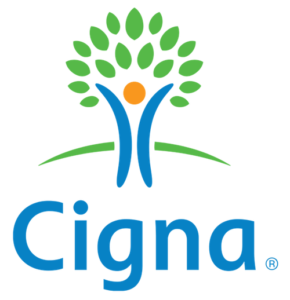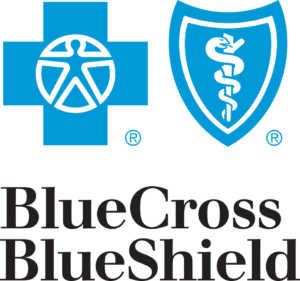Ensuring swift and smooth recovery after a tooth extraction is crucial for comfort and oral health. Taking care of a pulled tooth involves proper hygiene, careful monitoring, and following your dentist’s directions. By adhering to these guidelines, you promote healing, prevent infection, and return to normal activities quickly. This guide provides essential tips on taking care of a pulled tooth.
Understanding the tooth extraction process
Before delving into aftercare steps, it’s important to understand the tooth extraction process. A tooth may be pulled due to decay, infection, overcrowding, or as part of orthodontic treatment. The procedure involves numbing the area, loosening the tooth, and carefully removing it from its socket. Post-extraction, your body begins the healing process, which can take several days to a few weeks.
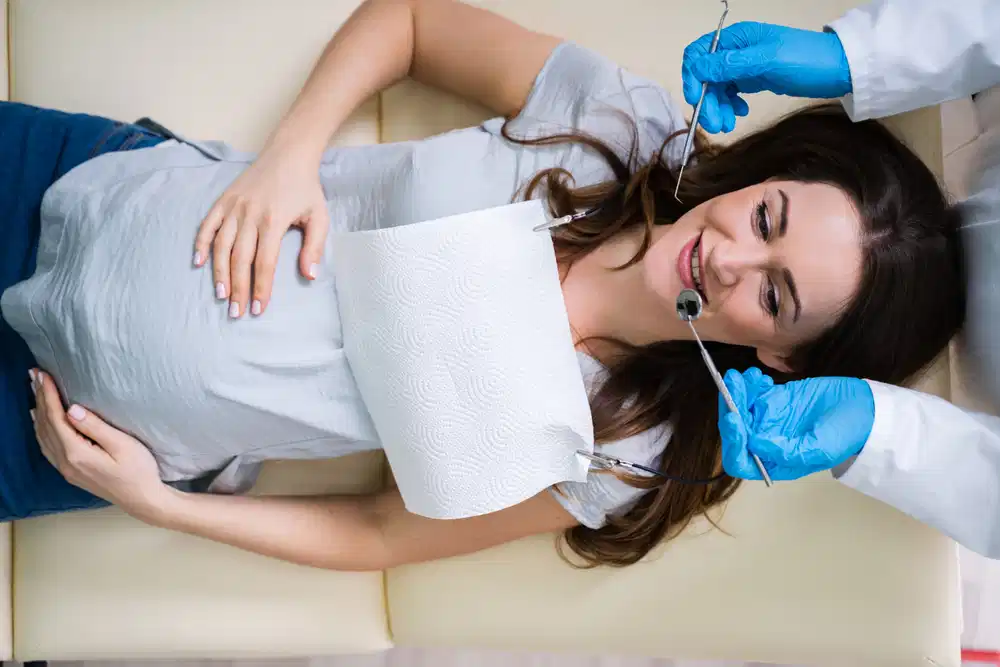
Taking care of a pulled tooth: Essential tips
Following these aftercare tips ensures you’re taking care of a pulled tooth effectively:
1. Control bleeding
Post-extraction bleeding is normal and controllable with these steps
- Bite on gauze: Place clean gauze over the extraction site and bite down gently, maintaining firm pressure for 30–45 minutes to encourage clot formation.
- Avoid spitting: Refrain from spitting, as this can dislodge the clot. Allow saliva to pool naturally and gently wipe your mouth if needed.
2. Manage pain and swelling
You can expect some pain and swelling, but these tips can help alleviate discomfort:
- Use ice packs: Apply a cold pack to the cheek near the extraction site in 15-minute intervals to reduce swelling.
- Take pain relievers: Over-the-counter pain relievers, like ibuprofen, can help control pain and inflammation, as advised by your dentist.
3. Maintain good oral hygiene
Maintaining cleanliness is crucial when taking care of a pulled tooth:
- Brush gently: Continue brushing your teeth, avoiding the extraction site for the first day to prevent dislodging the clot.
- Rinse carefully: Use a saltwater rinse after 24 hours to reduce bacteria and soothe the area. Avoid vigorous rinsing.
4. Monitor your diet
Your diet plays a vital role in recovery:
- Soft foods only: Consume soft foods like yogurt, mashed potatoes, and soups. Avoid hard, chewy, or spicy foods until the area heals.
- Stay hydrated: Drink plenty of fluids, avoiding alcohol and hot beverages that can interfere with clotting.
5. Avoid strenuous activities
Physical activity can increase blood flow and slow healing:
- Rest and relax: Take it easy for the first 24 hours after extraction and avoid heavy lifting or strenuous exercises.
6. Prevent dry socket
Dry socket occurs when the protective blood clot dislodges:
- Skip smoking and straws: Avoid smoking and using straws, as suction can remove the clot protecting the extraction site.
Signs of complications during recovery
Taking care of a pulled tooth means watching for signs of complications. Contact your dentist if you experience:
- Severe or prolonged pain or swelling
- Persistent bleeding that doesn’t subside with pressure
- High fever or chills
- Pus or unusual discharge
- Foul taste or odor from the extraction site
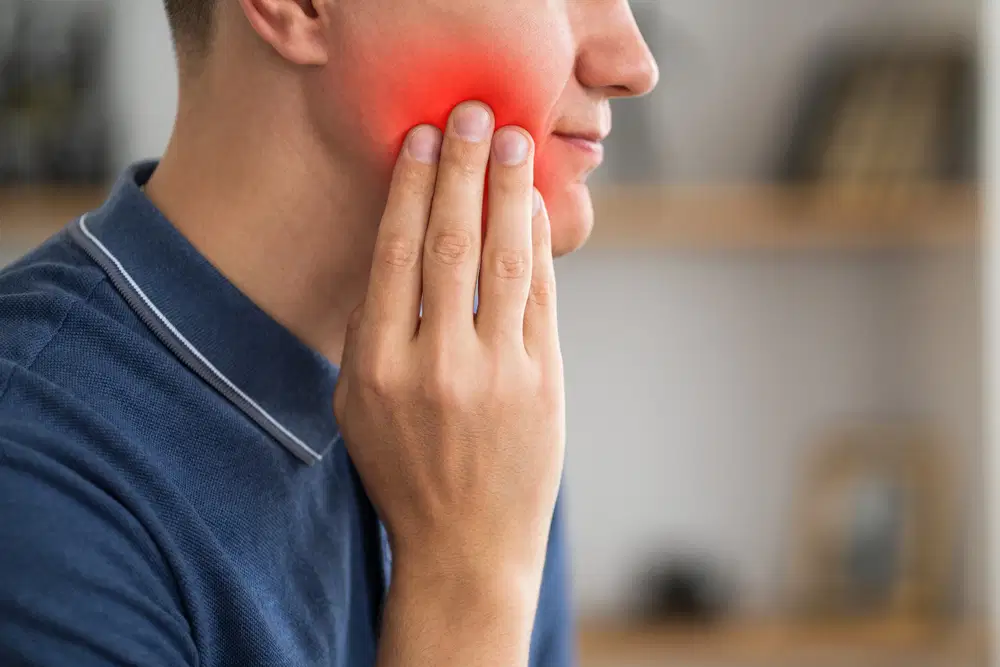
Post extraction recovery timeline
Understanding the recovery timeline helps set realistic expectations:
- First 24 Hours: Healing begins with the blood clot forming; rest and protect the area.
- Days 2-3: Swelling and pain should start to subside.
- Days 4-7: The soft tissue begins to close as healing progresses; continue gentle care.
- Weeks 2-4: Full healing may occur, enabling regular oral hygiene.
Personalized aftercare instructions
Following a tooth extraction, your dentist will provide you with detailed and personalized aftercare instructions essential for a smooth recovery when taking care of a pulled tooth. These guidelines are customized according to your specific situation, considering factors such as the complexity of the extraction, your medical history, and your overall oral health. It’s crucial to adhere to these tailored directions when taking care of a pulled tooth, as they are designed to promote optimal healing and prevent complications. Your dentist’s advice may include recommendations on oral hygiene practices, dietary restrictions, and the use of prescribed medications to manage pain and prevent infection. By following these individualized guidelines, you maximize your chances of a quick and trouble-free recovery after taking care of a pulled tooth.
When to resume normal activities
Resuming normal activities after taking care of a pulled tooth requires careful consideration and guidance from your dentist. While you might be eager to return to your regular routine, it’s important to allow your body ample time to heal. Typically, strenuous physical activities should be avoided for at least 24 to 48 hours post-extraction, as increased blood circulation can disrupt the healing process. Before gradually reintroducing activities like exercise or heavy lifting, consult with your dentist to ensure it’s safe after taking care of a pulled tooth. Additionally, resume your normal diet only when advised, starting with soft foods and avoiding items that could irritate the extraction site. Closely monitoring your recovery and following professional recommendations will help you safely transition back to everyday activities without risking complications.
Regular dental check-ups
Continuing with regular dental check-ups plays a vital role in ensuring successful recovery and long-term oral health after taking care of a pulled tooth. Post-procedure visits allow your dentist to monitor the healing progress, assess the condition of the extraction site, and address any potential issues that may arise from taking care of a pulled tooth. These check-ups are opportunities to reinforce good oral hygiene practices and make any necessary adjustments to your care plan. Regular visits also provide a chance to discuss any concerns or questions you may have about your recovery process or future dental care needs when taking care of a pulled tooth. Maintaining consistent dental appointments, even after healing, helps safeguard your oral health, preventing complications, and preserving the overall well-being of your smile.
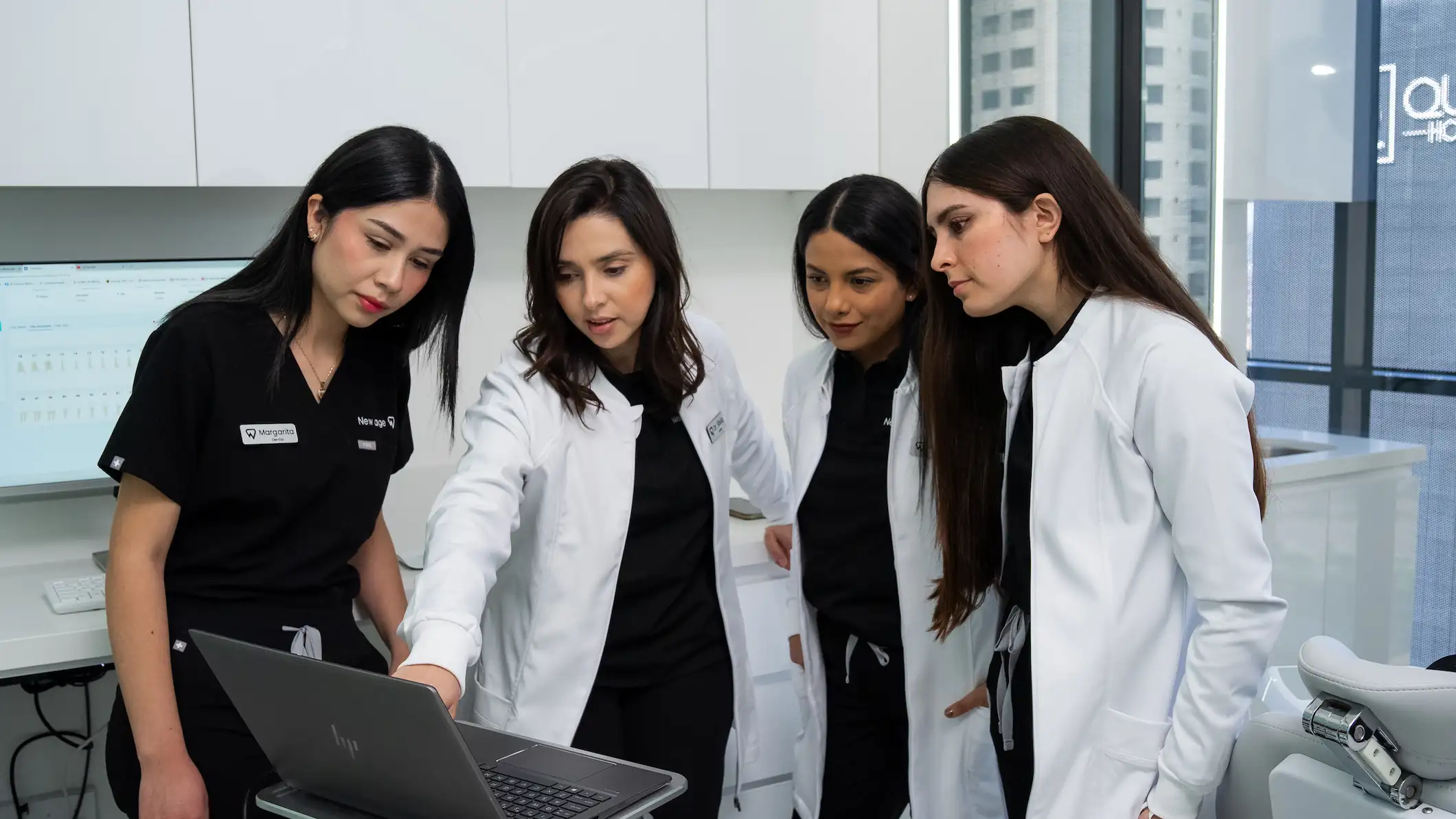
Secure your recovery and smile with expert care
Taking care of a pulled tooth is a critical aspect of ensuring a speedy and smooth recovery. By following proper aftercare guidelines, including managing bleeding and pain, maintaining hygiene, and adhering closely to your dentist’s instructions, you can facilitate healing and avoid complications. Remember, your recovery doesn’t end when you leave the dental office; it continues with guided aftercare and regular check-ups to maintain overall oral health. Trusting a skilled dentist in Tijuana can significantly enhance your healing experience, offering you the clarity and confidence you need throughout the process. Prioritize your dental health with expert care, and enjoy the benefits of a restored and healthy smile.





